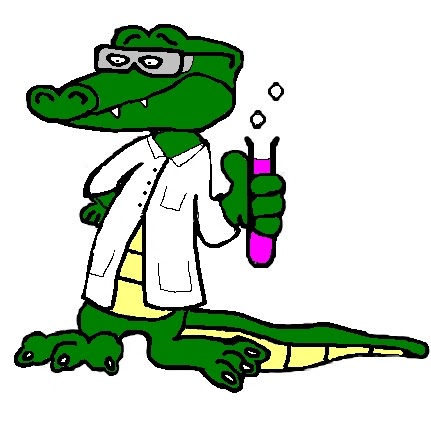
Using the equation #DeltaG = DeltaH -TDeltaS#
Where #DeltaG# is the free energy change (in #kJ mol^(-1)# )
#DeltaH# is the enthalpy change (in #kJ mol^-1# )
T is the temperature of the reaction, in Kelvin
and #DeltaS# is the entropy change (in #kJ K^(-1) mol^(-1)# ) The enthalpy change can be calculated using a Hess cycle if you don' know it, using enthalpy changes of other reactions which are known. The entropy change and be calculated from the entropy products, minus the entropies of the reactants. Alternatively, if you know the enthalpy change and the entropy change, you an set #DeltaG = 0# , which is the point at which the reaction goes from being in not feasible to feasible, and use this to calculate #T# , the temperature at which the reaction becomes feasible. There are two common errors to avoid.:
The first one is forgetting the temperature needs to be in Kelvin and using Centigrade directly
The second one is forgetting to have both the entropy change and the enthalpy change in the same units - either kJ Or J . Entropy changes are usually calculated in using J and enthalpy changes using kJ, so you do need to convert one or the other.

Doc Croc. · · Jun 8 2014